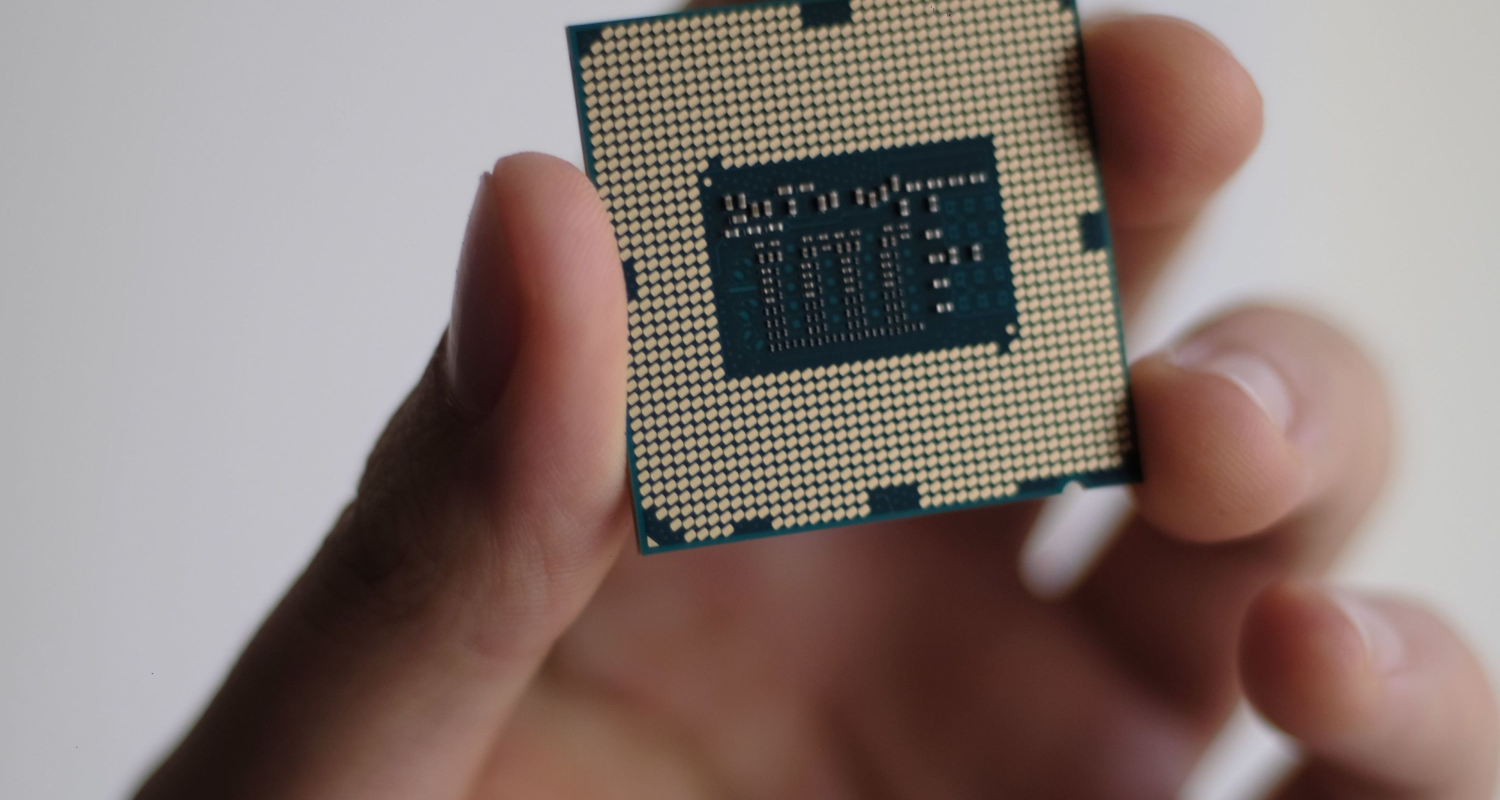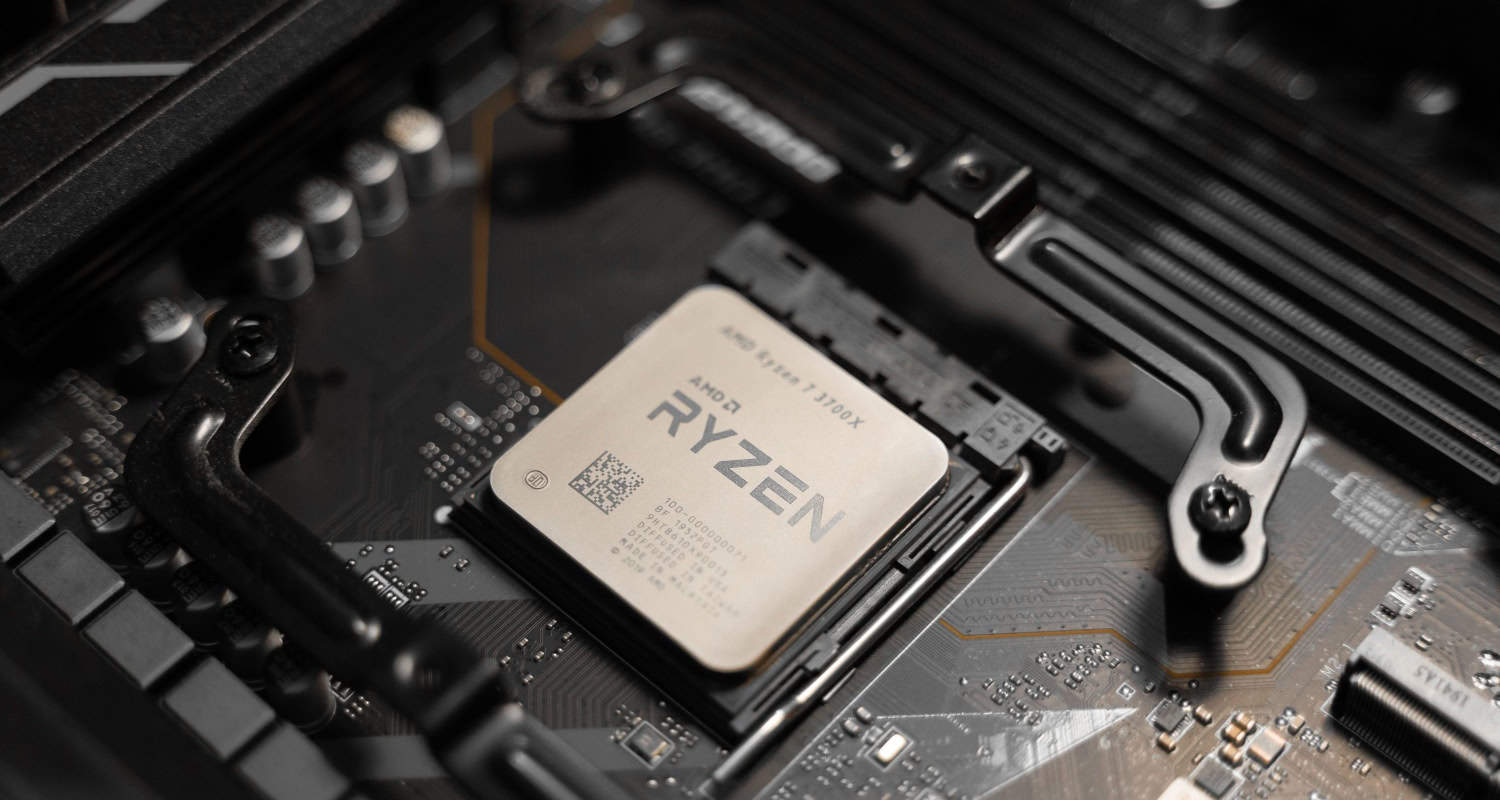Are you curious about how to unleash the hidden power of your CPU? How do you unpark CPU cores and optimize your system’s performance? Let’s explore the methods and techniques to unlock your CPU’s full potential.
To unpark CPU cores, access the power plan settings on your Windows computer. Go to “Power Options,” select your preferred plan, and navigate to “Processor Power Management.” Adjust the minimum processor state to 100% to ensure all cores are active and unparked. To know more, keep on reading.
CPU core parking is a power-saving technique modern operating systems employ to optimize energy consumption. Parking a CPU core effectively puts it into sleep mode, which lowers power usage. While this method can save energy, it also affects how well the system performs since parked cores cause longer response times and less processing capacity. Let us now learn more about how to unpark CPU cores. How To Tell If CPU Is Dead? Check Out to know the warning signs.
Table of Contents
What is CPU Core Parking?
CPU core parking refers to a technique operating systems use to save power and manage the temperature of your computer’s processor. When a CPU core is parked, it goes into sleep mode, using less power and generating less heat. The primary purpose of core parking is to optimize energy consumption to improve the overall efficiency of your system. 
One of the significant benefits of CPU core parking is power saving. By putting idle cores to sleep, your computer consumes less electricity, which can help extend the battery life of laptops and reduce energy costs in desktop computers. Additionally, parked cores generate less heat, resulting in better thermal management and potentially quieter operation.
However, core parking may have drawbacks, particularly regarding gaming. In games, lagging or missing frames per second (FPS) may result from parked cores since the CPU cannot effectively manage the demanding processing needs. It’s crucial to balance power-saving techniques and performance requirements when performing jobs that demand a lot of processing power, like gaming or video editing.
Why Unpark CPU Cores?
Unparking CPU cores means activating or “waking up” dormant cores in your computer’s processor. This can be beneficial, especially for gaming or heavy workloads.
When you unpark CPU cores, you allow your computer to utilize all available processing power, which can result in improved performance. In gaming, unparking cores help ensure smoother gameplay, with higher frame rates and reduced lag. Similarly, for tasks that require a lot of computational power, like video editing or rendering, unparking cores can significantly speed up the process and enhance overall productivity. 
Addressing some myths and misconceptions, some believe that unparking cores will automatically solve all performance issues. However, it’s important to note that the impact of unparking cores depends on your system’s specific software and hardware configuration. In some cases, unparking cores may not provide a noticeable improvement, especially if the software you’re using is not designed to take full advantage of multiple cores.
Methods to Unpark CPU Cores
Unlock the full potential of your CPU with methods to unpark its dormant cores. By employing efficient techniques, you can harness additional processing power, optimize performance, and maximize the capabilities of your system. You can also use it to unpark cores in Windows 10.
Method 1: Using Quick CPU by Coderbag
One method is to unpark CPU cores using a software tool called Quick CPU by Coderbag. Here is a step-by-step guide on how to use it:
- Download and install Quick CPU from the Coderbag website.
- Launch the Quick CPU application.
- A list of your CPU cores is displayed in the software interface.
- Click the “Unpark” button next to the desired core to unpark a core. You can unpark multiple cores simultaneously if needed.
- The software will apply the changes, and you should see the status of the core change from “Parked” to “Unparked.”
- Repeat the process for any other cores you want to unpark.
- You can close the Quick CPU application after unparking the desired cores.
Benefits of using this method:
Let us see some of the benefits of using this method on unparking cores:
- Quick and user-friendly: Quick CPU provides a straightforward interface, making it easy to unpark CPU cores even for those without technical expertise.

- Real-time monitoring: The software lets you track your CPU cores’ status and spot changes as they happen.
- Customizability: Quick CPU gives you more control over the performance of your CPU by adding extra functions like CPU throttling and frequency tweaks.
Method 2: Using Windows Registry Editor
Another method for CPU unparking cores involves using the Windows Registry Editor. Here are detailed instructions on how to do it:
Note: It’s crucial to carefully follow these steps and make a registry backup before modifying the registry because doing so can be dangerous.
- Press the Windows key + R on your keyboard to open the Run dialogue box.
- Type “regedit” (without quotes) and hit Enter. This will open the Windows Registry Editor.
- In the Registry Editor, navigate to the following path: HKEY_LOCAL_MACHINE\SYSTEM\CurrentControlSet\Control\Power\PowerSettings\54533251-82be-4824-96c1-47b60b740d00\0cc5b647-c1df-4637-891a-dec35c318583
- Double-click on the “Attributes” entry in the right-hand pane.
- Change the value from “1” to “0” and click OK.
- Close the Registry Editor.
When and why to use this method:
- This method to unpark your cores is helpful if you want to permanently change the CPU core parking settings on your system.

- Consider using this method if you frequently need to unpark CPU cores and want the changes to persist across reboots. CPU Running At 100? Check Out to solve this.
Changing Power Management Settings
Another way to unpark CPU cores is by adjusting the power management settings in Windows. Here are simple steps to switch power plans:
- Right-click on the system tray’s power or battery icons.
- Click on “Power Options” in the context menu.
- Choose the power plan you want to change (such as Balanced or High Performance) in the Power Options window.
- Click “Change plan settings” for the chosen electricity plan.
- Click on “Change advanced power settings.”
- In the Advanced settings tab, scroll down and expand the “Processor power management” option.
- Expand the “Minimum processor state” option and set it to a value of 100%.
- Click Apply and then OK to save the changes.
Pros and cons of this method:
Let’s see the pros and cons of this method of using unparking CPU cores in Windows 10:
Pros
Third-party software is optional for this reasonably straightforward procedure. You can change the power management settings to guarantee the best CPU performance.
Cons
Power management settings may need to be changed to keep the cores unparked. This could result in greater temperatures and increased power consumption, which would shorten battery life.
See Also: What Are NVIDIA Cuda Cores? All You Need To Know
FAQs
Does unparking cores improve FPS in games?
Yes, unparking CPU cores can improve games' FPS (frames per second). The workload is better distributed by unparking cores, allowing for more efficient processing and smoother gameplay. This can result in higher frame rates, reduced lag, and improved gaming experience.
Is it safe to unpark all CPU cores?
Unparking all CPU cores can be generally safe, but it depends on your specific system and usage. It's recommended to unpark cores gradually and monitor system stability to ensure it doesn't lead to overheating or crashes. Be cautious and make sure your system can handle the increased workload.
How to check if CPU cores are parked?
In Windows, you can open the Task Manager to see if any CPU cores are parked. Look for the CPU area under the Performance tab. If there are any parked cores, their state will be indicated next to each core by the words parked or unparked if you can see them.
Does unparking increase power consumption?
Unparking CPU cores can increase power consumption as more cores become active and perform tasks. However, the impact on power consumption is generally minimal and shouldn't cause significant changes in your electricity bill or system temperature.
Conclusion
Unparking CPU cores is essential to unlocking your system’s full potential. It can improve performance, particularly in gaming and resource-intensive tasks. We encourage you to test unparking and observe the difference it makes, optimizing your system for a better computing experience. We hope this article on how to unpark CPU cores.
See Also: Is Fast Charger Bad For Battery? [Step By Step Guide]


